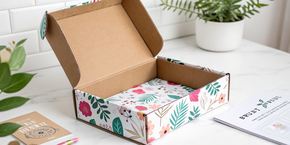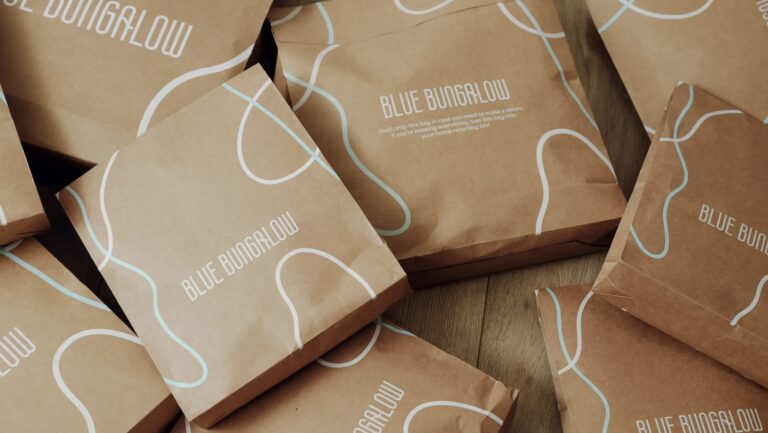Blue Bungalow isn’t just a brand; it’s a lifestyle. Rooted in the carefree, artistic spirit of Australian coastal living, they offer curated bohemian-inspired products to a discerning clientele aged 25-45. Their customers don’t just buy an item; they buy into a philosophy of “Slow Living,” appreciating natural materials, handcrafted details, and sustainable values.
But a critical touchpoint was failing them: their packaging.
The brand was trapped in a classic packaging dilemma. Local Australian suppliers offered quality but at prohibitive prices, straining their margins. Attempts to source from China were fraught with obstacles:
- High MOQs: Minimum order quantities that were too large for their flexible inventory model.
- Inconsistent Quality: Samples looked promising, but bulk orders often fell short, creating a risk of brand damage.
- Questionable Eco-Claims: Suppliers offered “eco-friendly” options but lacked the verifiable certifications (like FSC or GRS) that Blue Bungalow’s conscious consumers demand.
- Hidden Costs: Communication barriers and drawn-out processes led to significant hidden time and management costs.
The core conflict was clear: their packaging was undermining their brand. It risked telling a story of compromise and cheapness, directly contradicting the premium, sustainable promise woven into every product they sold. They needed a partner, not just a supplier.









